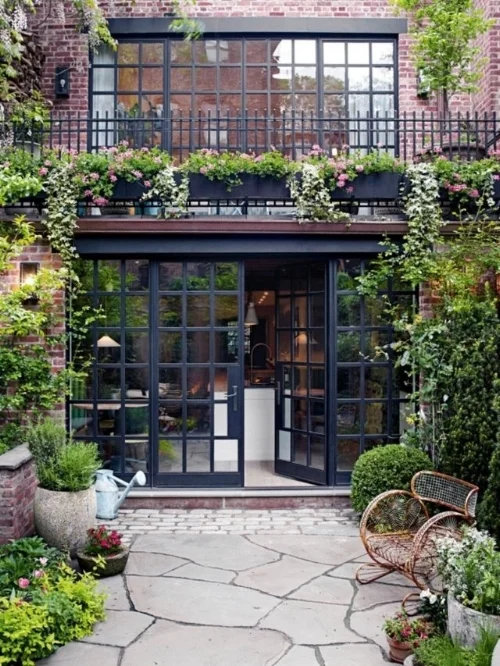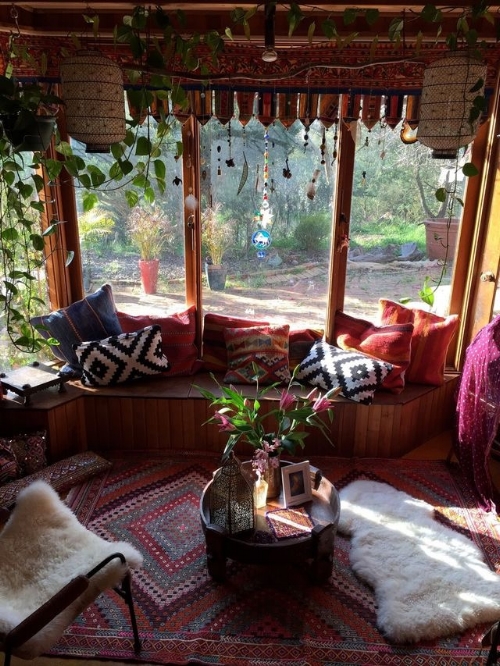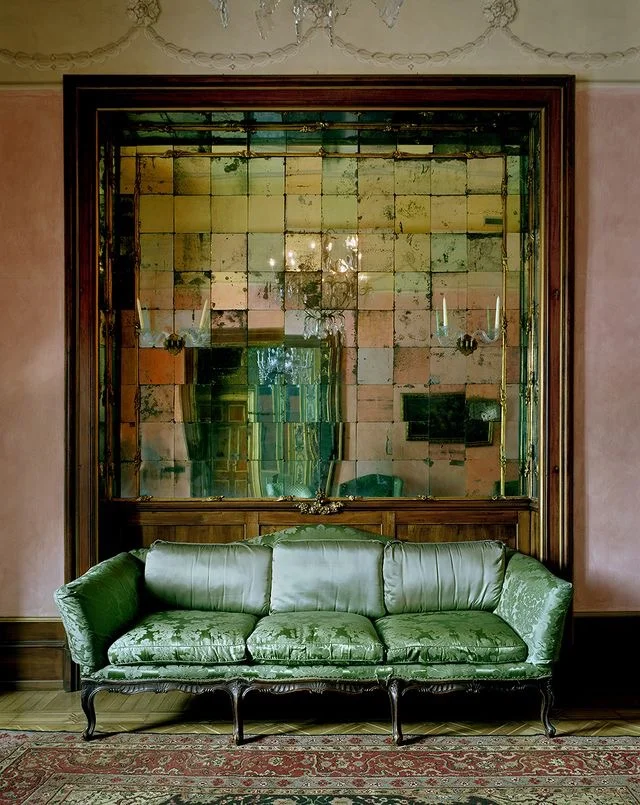What makes a house a home?

It seems as though the answer should be so simple, doesn’t it? The obvious response would be: home is where your family and friends are, where those you love live. And that is so true. Though, there’s also more to it than just that. After all, many people feel at home living many miles away from their relatives and old friends. What is it then that creates this feeling of home?
Photo: idealhome.co.uk
The insurance firm Aviva ran a survey last year and almost three-quarters of people said that they would need to live in a new place for at least two months before it felt like home. Home then seems more to do with a state of mind, familiarity too. New spaces need to be personalised… And that is unique to each of us. What we want from a home and how we express ourselves behind closed doors is also very individual. Perhaps then, home is not simply how we decorate, but how we want to live.
Photo: blulabelbungalow.com
Our grandparents, and perhaps more so for our great-grandparents, would have have had their sense of home fashioned by where they grew up, their local community, their village. For many this would have remained unchanged for their whole life. Subsequent generations have been much more mobile - either through necessity or choice - and our sense of home is more of a work in progress; there might be one place where we live, another where our family come from, a third where we'd like to one day be, a fourth where we go for rest on holiday. Home therefore becomes about where we are going, both physically and mentally, rather than where we've come from or who we've come with.
Photo: urbanoutfitters.co.uk
However, this new found mobility and freedom has also brought with it a feeling of constant change and movement. Technology now means we are reachable wherever we are, 24 hours a day. We live in a globally connected world where we can establish our own community, fashion our sense of self and select our sense of home. The danger is knowing when to stop, of losing sight of who we are, of being able to know oneself enough to prioritise what's important to us.
In 1997 designer and creative director Ilse Crawford published a book called ‘Sensual Home’ and it showed that home was not just a place to look at and admire, but somewhere to live in and experience. Ilse has re-designed numerous personal homes and commercial spaces, including Soho House in New York and her experience is far reaching. That book was pretty revolutionary as we were in the full throws of minimalist living back then. 20 years later, it still resonates. The stresses of modern life seem to have increased and the boundaries between home and work are much more blurred. Sensual Home talks about the need for stillness and of being about to find one's own self amongst the noise of the world. This is critical to be able to find a true home.
"In a fast moving world it’s easy to lose touch with oneself. A room of one’s own and a sense of self are interconnected. We need a place to dream in peace, for solitude and creative thought. Make one place - just a corner will do - where you can surround yourself with the things that have meaning for you, that give you a sense of self. A place to be who you are rather than the person you feel you ought to be. Think about the items you choose to have around you so that they really are the ones you care about. Set time aside to lose yourself in the things that inspire you." Ilse Crawford.
Photo: janesarre.co.uk, 'The Sensual Home', Ilse Crawford
Home then is where we can finally be just as we are. Away from the pressures of others. It is sanctuary for the senses, somewhere we can retreat to for comfort and where we can express our true selves completely. We can let our guard down at home and reveal the inner self.
Photo: frommoontomoon.blogspot.co.uk
How do we create such a space?
You may already live somewhere which reflects your sense of self, or perhaps you're trying to work out what that might mean...but if you can stop and be still, you can find out what is most important to you and this will be the key to your ideal home.
Does the feeling of sanctuary, being cocooned in your own private space mean you're home?
Photo: amara.com, adoremagazine.com
Or is it the taste of a fine meal and an evening with inspiring friends?
Photo: twofoldaffair.com
Is it the simplicity of time, like the ticking of a grandfather clock, with all the sense of history and connection that it might contain?
Photo: homeadverts.com
Or the wonder of nature outside?
Photo: rachelbernhardt.com
Or maybe it's all these things and more?
Photo: littlebigbell.com
A home is of course ultimately a place of shelter. But we imbue it with our own meaning. What do we care about? What is most important to us? It becomes the place where we can finally stand still. Where we can truly be ourselves.
Is there something which makes your house your home? What is it that you would have to take with you for you to feel at home somewhere new?
Title photo: houseandgarden.co.uk














